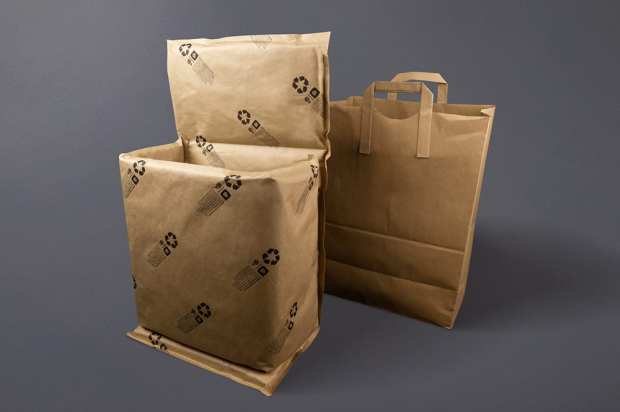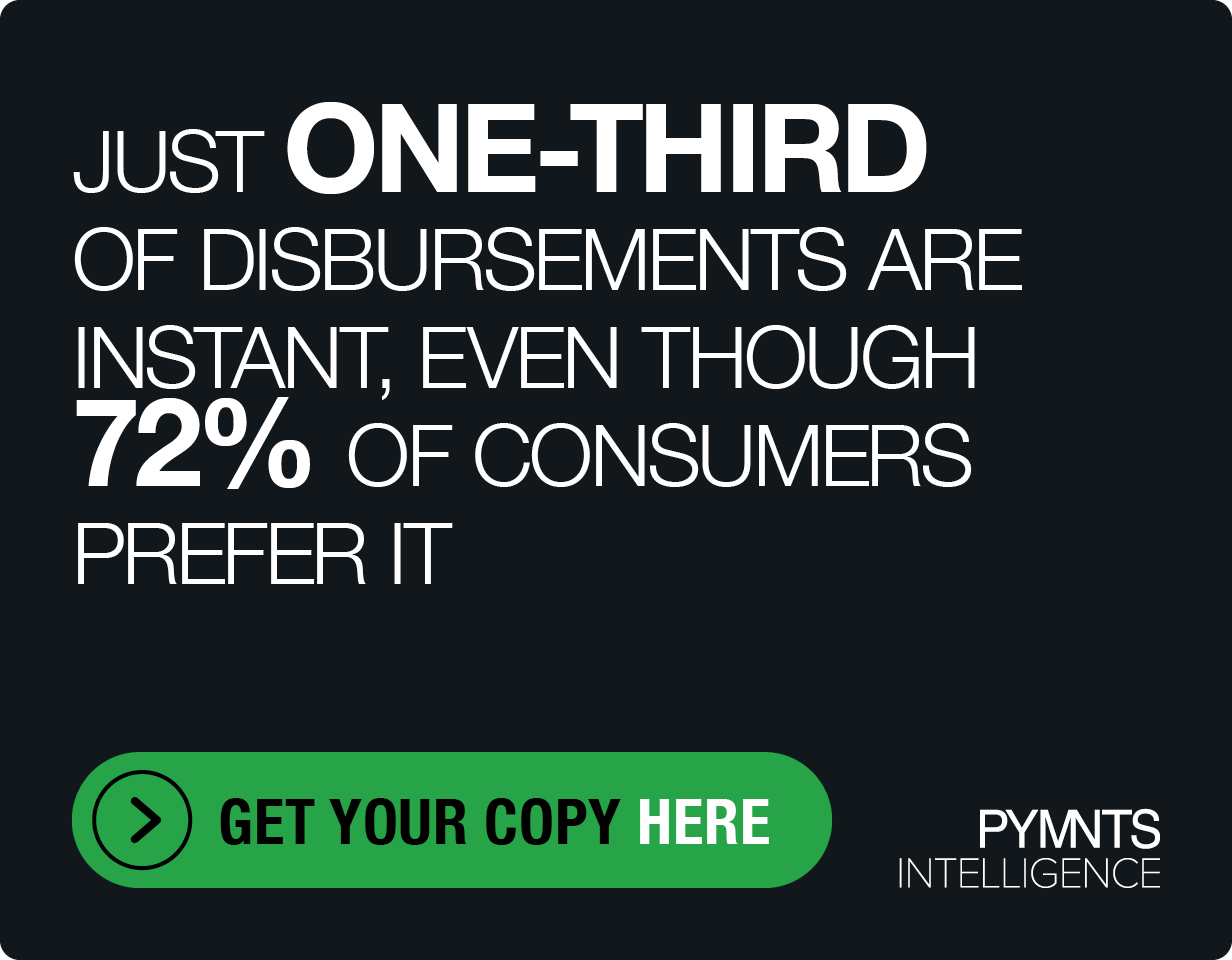TemperPack CEO On An eCommerce Shipping Future Free Of Styrofoam

Plastic foam has managed to spend nearly eight decades at the top of the packaging market despite the fact that it’s annoyingly squeaky and crumbles under the slightest pressure.
And it turns Christmas morning into a chance to fight with “those disgusting little Styrofoam worms that take forever to pick up,” as Karen Webster put it in a conversation with TemperPack Co-Founder and CEO Brian Powers. That’s why TemperPack has come up with a replacement.
“Styrofoam is a 70-year-old technology that succeeds at being very bulky and fragile, but it doesn’t really insulate all that well,” Powers said. “And it doesn’t fit in with most companies’ operations very well.”
Especially operations within the last several months as eCommerce demands for groceries, medication and other medical technology like COVID-19 tests have suddenly skyrocketed and business of all kinds have scrambled to upgrade and improve their shipping operations as much possible. They’ve realized that they need a better temperature-controlled shipping material than good, old-fashioned plastic foam.
“I think virtually every company on the planet buying Styrofoam coolers right now is looking for an alternative, and that certainly happened faster than we anticipated,” he said. “Granted, we didn’t foresee that at-home delivery would take a pandemic to fully take off. But it’s been a growing industry since we got into it, and [COVID-19] really just accelerated it. We have probably gotten three years of growth in one year as a result.”
And, he noted, TemperPack is just getting started. Because with a more durable, sustainable and functional product, it has something to offer a business looking to cost-effectively upgrade its shipping operations.
A Better Choice For Food And MedTech
TemperPack saw from the start that food packaging was a big opportunity, if for no other reason than the fact that plastic foam’s tremendously insufficient insulation abilities contribute to that industry’s waste problems. Powers said that challenge has only become more immediate as waves of consumers switch to getting groceries delivered because of the pandemic.
Fortuitously, the industry spent the past five years slowly mastering the pick-and-pack part of the business, making sure that the right food items get into the right boxes, he said. TemperPack’s ability to make sure those boxes were properly insulated was initially an important part of perfecting the process, as consumers expect food to arrive fresh.
In fact, Powers said that grocery eCommerce is where TemperPack first built scale. But he noted that when the company released ClimaCell in 2018, TemperPack expanded back to the life-sciences area, where the company had signed its original clients.
“ClimaCell reopened the life-sciences world to us because understandably, life-sciences companies need excellent thermal performance,” Powers said. “They need things kept very tightly to specifications, and we had the material to do it. And we also, in the process, became full-blown manufacturers” out of manufacturing facilities in Las Vegas, Nevada and Richmond, Virginia.
Keeping A (Plastic Foam-Free) Lid On Prices
Of course, Webster noted that for all of plastic foam’s flaws, it does have the benefit of being cheap after decades on the market, which might keep businesses clinging to it.
However, Powers said TemperPack can sell ClimaCell for only about 10 percent and 20 percent more than plastic foam’s cost. And he said the company can easily make boxes in custom sizes that can save companies shipping costs by eliminating extra space.
Powers said making plastic foam containers requires specific molds that can be costly and time-consuming to modify, whereas ClimaCell’s manufacturing process is the opposite. The company can modify its assembly line in about six minutes and create custom-sized boxes.
“If our customers are using a big plastic foam box because that’s the size that made sense for them to use three years ago but now they have found a way to pack more efficiently inside that box, they are just paying to ship a bunch of air,” he said. “We can often give them something for the same price, but smaller.”
A Global Vision
Powers told Webster that with the boost the company has gotten from pandemic-related demand, TemperPack is broadening its ambitions.
For example, he said the firm in moving beyond its core food and life-sciences markets to push into what he described as a very promising European market. The company is also expanding into new verticals like furniture packaging — which currently relies heavily on plastic foam in both its in-store and online incarnations.
In fact, Powers said TemperPack has a goal of getting everywhere that the packaging market still uses plastic foam and finding a way to disrupt it out of the field.
“Anywhere you see Styrofoam or plastic foam, that’s a target for us in the long run,” he said. “It’s just totally unnecessary to use that material for products that you need for 24 hours. We’re really excited about continuing to make products over time that replace plastic foam that are still very functional, still affordable and truly sustainable alternatives.”
